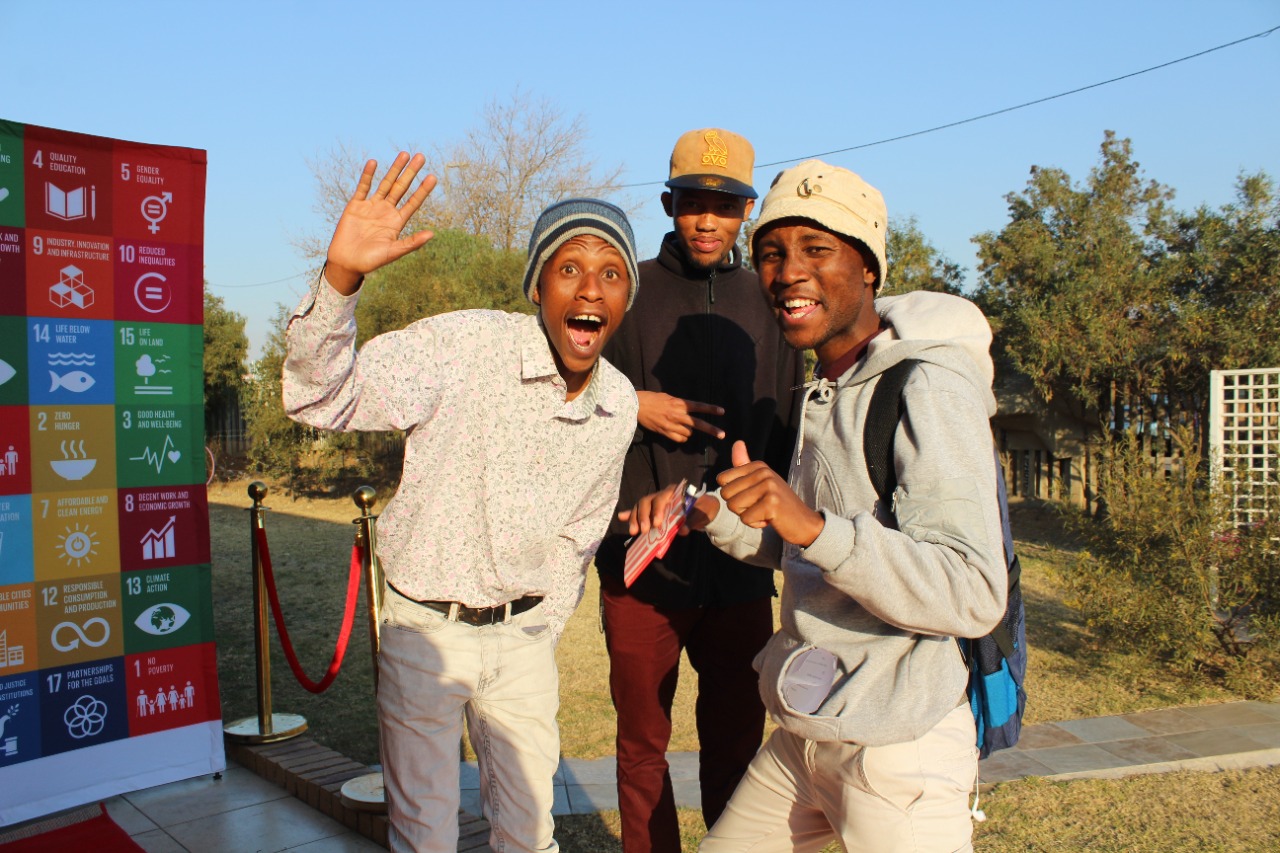The creative economy: Diepsloot
Posted by Breggie Hoffman on 22 August 2022, 08:50 SAST


The creative economy comprises a diversity of industries like film, photography, illustration, graphic design, animation and other visual arts. It is an important platform for artistic and cultural expression that is increasingly driven by new media and technology. It has potential to be a significant source of income, employment and livelihoods in a country like South Africa.
However, participation in this sector is often limited by lack of skills, networks, infrastructure and access to markets. In a township environment like Diepsloot, these constraints are amplified by the fragmented nature of the ecosystem, the pressures of family responsibilities (especially for black women) and lack of access to basic business resources including data, air time and equipment.
This means that the creative economy, worth nearly R100 billion in our country annually, remains a missed opportunity for many talented township artists and entrepreneurs. This situation limits not only the economic but also the social and cultural impacts of the sector. In our experience, township artists articulate a strong desire to apply their creativity, talents and new skills towards addressing pressing community challenges, such as health, social cohesion, access to services and the environment.
Many Diepsloot youth, including women, are highly creative and involved (often informally) in industries like film, photography, illustration, graphic design and other visual art. They are also very familiar with media and technology. The creative economy is thus a logical space to earn a sustainable living.
However, establishing and sustaining a successful creative enterprise requires business fundamentals and the ability to take an idea from ideation through to production, post production and finally to market. In addition, township-based creative industries tend to be disjointed and dependent on grants, limiting the cohesion and resilience of the sector. This makes it almost impossible for township creatives to pursue their content ideas in a sustainable way. A final constraint is that creatives are not necessarily entrepreneurs – and in fact the business of being a creative is often a major stumbling block for township youth. The CSDF funded project is helping Wot-if? to explore ways of overcoming this problem. A key piece is supporting creatives (not necessarily entrepreneurs) to monetise and distribute their content, so that value in the township creative economy is unlocked and arts and culture becomes a platform for social change.
